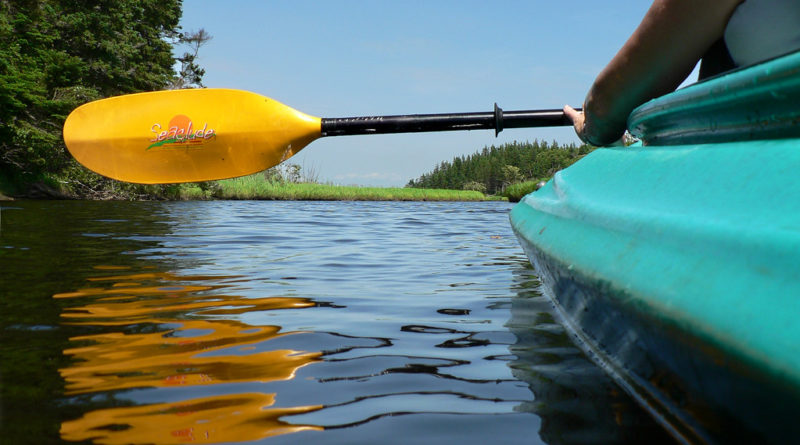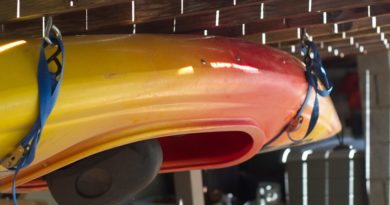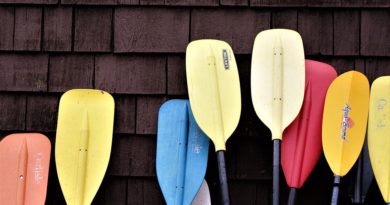How to Pack a Kayak
Part of owning a kayak is continuously buying more gear! Sometimes shopping for new gear can seem like the best part about kayaking. Now that you have some gear, it’s good to learn how to pack it in your kayak. In case you need a refresher on what you should take, visit our kayaking checklist post.
The first thing you want to do is organize your gear. It’s really up to you how you organize it, but some things to keep in mind are: how often will you have to access it, if it’s backup gear or primary, how heavy is it, where would it fit, etc. Once your gear is organized and preferably in dry bags (unless it’s waterproof and you don’t care if it gets wet), the two main things to consider when packing a kayak are:
- Weight distribution
- Access
Weight Distribution
Proper weight distribution is very important when packing a kayak. If your gear isn’t balanced, it can lead to inefficient paddling, fatigue, steering issues, and even capsizing. The key to distribution is to pack the heaviest items closest to the cockpit and at the bottom. This means light items should be packed in the bow or stern of the boat, with heaviest items right under your legs or behind you. Medium weight items should go either right on top of the heavy items or in between the heavy and light items.
It’s not a bad idea to pack your kayak while it’s in the water, especially the first couple of times, to understand how your kayak floats while packed. This will give you a good indication of where to move items around if need be.
Access
Just as important, access to your gear should be considered when packing. Some of your items aren’t intended to be used until you reach a destination. Some items are for emergencies or backup and aren’t intended to be used at all. Of course, considering an item as priority gear is up to you, but here are some tips:
- Extra paddles
- These are pretty light items but they can be placed either along the sides inside the cockpit, or strapped to the outside. The key here is to make sure they’re accessible during an emergency and aren’t easily dislodged in hazardous conditions
- Water
- Water weight can add up, but it’s essential so you don’t want to skimp out on it. The best thing to do is to wear a hydration pack so water is accessible to you during your trip. Any extra water can be stored along with your other heavy items. If you’re not using a hydration pack, make sure your water is easily accessible. You don’t want to be struggling to find your bottle when you’re thirsty.
- Emergency flares/air horn
- These are light and small. They should be kept within arms reach and secured so they won’t fall out or get dislodged.
- First aid kit
- These come in various sizes and weights. This item also needs to be within arms reach. You never know what’s going to happen so if you’re worried about it being too bulky, take what you need as a smaller accessible kit and stow the rest somewhere else on the kayak.
As you can see, packing a kayak is different for every trip and for every person. As long as you keep the weight distribution and access in mind, you should have a very successful trip and be able to enjoy dry gear the whole time!





